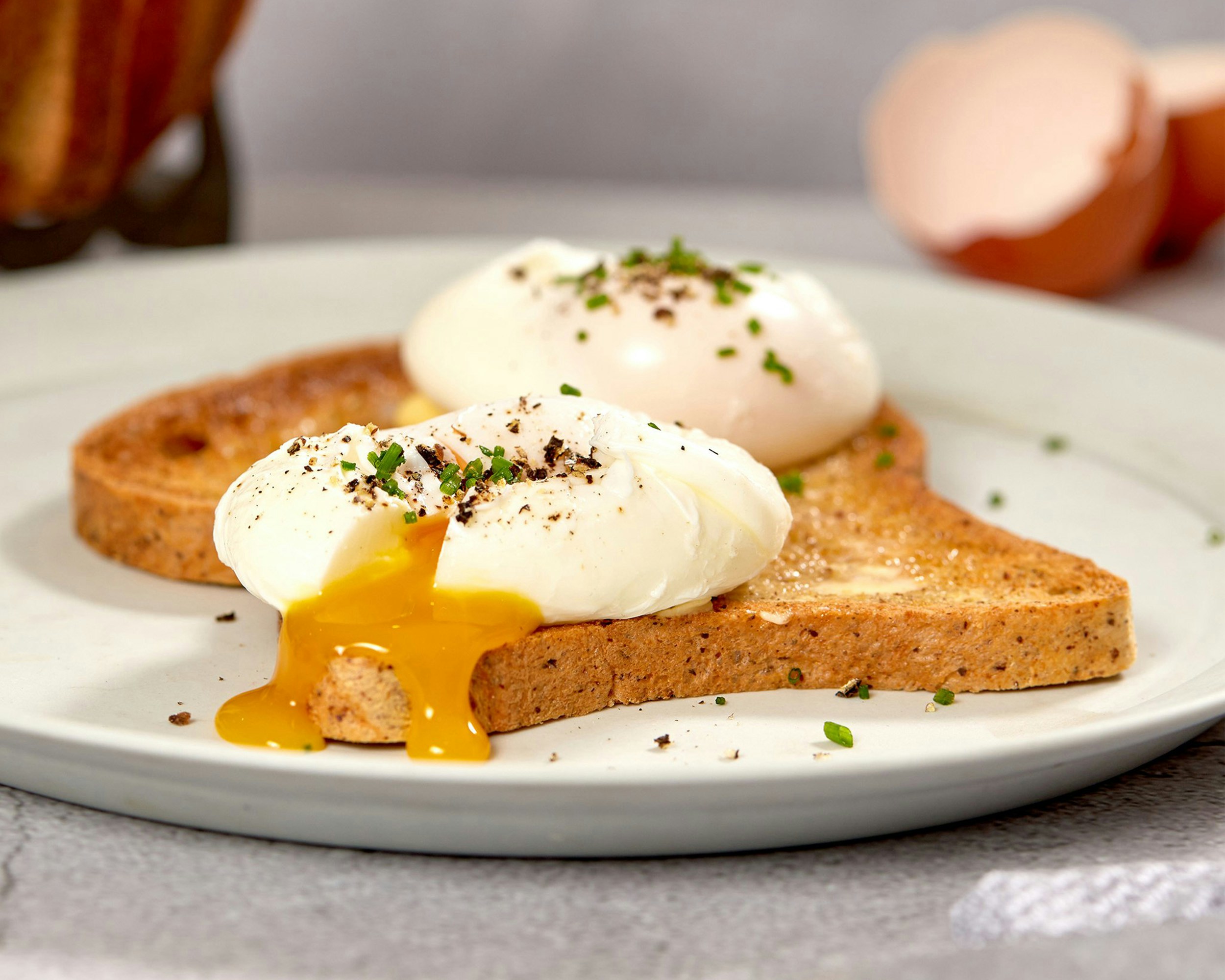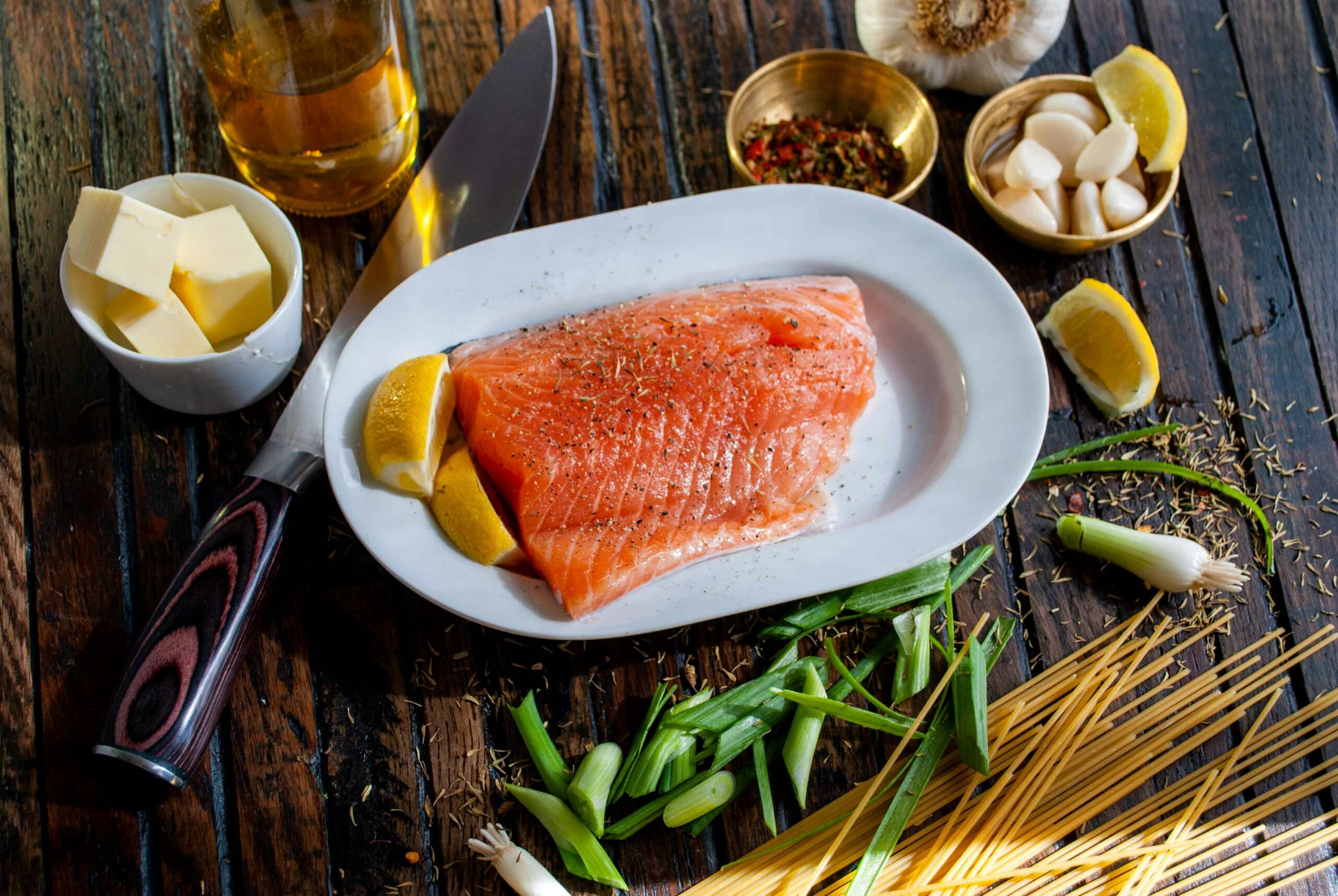Are you curious about how many carbs you can consume while following the popular keto diet for weight loss? Well, wonder no more! In this article, we will explore the ideal carbohydrate intake for those aiming to shed those extra pounds through the keto lifestyle. Whether you’re just starting your keto journey or looking for ways to optimize your weight loss progress, understanding the recommended carb limit is key. Let’s dive in and find out how to strike the perfect balance between carbs and weight loss on the keto diet.

Understanding the Keto Diet
What is the keto diet?
The keto diet, short for ketogenic diet, is a low-carb, high-fat diet that has gained popularity for weight loss. It involves reducing your carbohydrate intake and replacing it with fats, which puts your body into a metabolic state called ketosis. In this state, your body becomes very efficient at burning fat for energy instead of carbohydrates.
Why is it popular for weight loss?
The keto diet is popular for weight loss because it helps the body burn stored fat for energy. By significantly reducing carbohydrate intake, your body is forced to rely on fat as its primary fuel source. This means that your body starts tapping into its fat stores, leading to weight loss.
How does it work?
When you limit your carbohydrate intake, your body’s glycogen stores become depleted. As a result, your insulin levels decrease, and your body turns to fat for energy instead. The liver starts producing ketones from fat, which your body then uses as fuel. This metabolic shift into ketosis allows for efficient fat burning and promotes weight loss.
Carbohydrates and the Keto Diet
Role of carbs in the body
Carbohydrates are the body’s primary source of energy. They are broken down into glucose, which is then used by our cells for various bodily functions. Carbs provide quick energy and are necessary for proper brain function, cell repair, and muscle movement.
Why limit carbohydrates in the keto diet?
The keto diet restricts carbohydrates in order to shift the body’s primary fuel source from glucose to fat. By limiting carb intake to a very low level, typically around 20-50 grams per day, the body uses fat as its primary source of energy instead. This leads to weight loss and can also have various health benefits.
Recommended Carbohydrate Intake on Keto Diet
Determining how many carbs to eat
The recommended carbohydrate intake on the keto diet is typically around 20-50 grams per day. However, the exact amount may vary depending on individual factors such as age, sex, activity level, and weight loss goals. It is best to consult with a healthcare professional or a registered dietitian to determine the appropriate carbohydrate intake for your specific needs.
Factors influencing carbohydrate intake
Several factors can influence your carbohydrate intake on the keto diet. These include your weight loss goals, activity level, age, sex, and overall health. Some individuals may be able to tolerate more carbohydrates and still remain in ketosis, while others may need to stick to a stricter carb limit.
Tracking your carb intake
To ensure you are within your target carbohydrate range, it is essential to track your carb intake. This can be done using various smartphone apps or websites that provide nutrition information for different foods. By diligently tracking your carb intake, you can stay on track with your keto diet and achieve your weight loss goals.
Types of Carbohydrates on the Keto Diet
Understanding net carbs
Net carbs refer to the total carbohydrates in a food minus the fiber and sugar alcohols. These are the carbs that have a significant impact on blood sugar levels and should be considered when following the keto diet. By focusing on net carbs, you can make more informed food choices while maintaining ketosis.
Impact of fiber and sugar alcohols
Fiber and sugar alcohols are subtracted from the total carbs because they are not fully digested and absorbed by the body. Fiber is beneficial for digestion and can help regulate blood sugar levels. Sugar alcohols, such as erythritol and xylitol, have a minimal effect on blood sugar and can be subtracted from the total carbs when calculating net carbs.
Prioritizing low-glycemic carbohydrates
On the keto diet, it is important to prioritize low-glycemic carbohydrates. These are foods that have a minimal impact on blood sugar levels, allowing you to maintain a steady state of ketosis. Some examples of low-glycemic carbohydrates include leafy greens, cauliflower, broccoli, and berries.

Getting into Ketosis
Symptoms of entering ketosis
When you enter ketosis, you may experience certain symptoms as your body adjusts to using fat for fuel. These symptoms, often referred to as the “keto flu,” can include fatigue, headache, irritability, dizziness, and nausea. However, not everyone experiences these symptoms, and they typically subside after a few days.
Testing methods for ketosis
There are several ways to test for ketosis. One common method is using urine test strips that measure the presence of ketones in the urine. Another option is a blood ketone meter, which measures the level of ketones in the blood. Breath ketone meters are also available and measure the acetone levels in your breath, indicating ketosis.
How long does it take to enter ketosis?
The time it takes to enter ketosis can vary from person to person. In general, it can take anywhere from 2 to 7 days to reach a state of ketosis. This timeline depends on factors such as the individual’s carbohydrate intake prior to starting the diet, their metabolic rate, and their body’s ability to adapt to using fat for fuel.
Maintaining Ketosis
Strategies for staying in ketosis
To maintain ketosis, it is essential to stick to your target carbohydrate intake. This involves carefully monitoring your food choices and avoiding high-carb foods such as grains, fruits, starchy vegetables, and sugary treats. It is also important to increase your fat intake to meet your daily energy needs and stay in ketosis.
Problems with staying in ketosis
Staying in ketosis can be challenging for some individuals. One common problem is unintentional carb consumption from hidden sources such as sauces, dressings, or certain medications. It is crucial to read labels carefully and practice portion control. Additionally, some people may find it difficult to adhere to the restrictive nature of the diet long-term.
When to reevaluate carbohydrate intake
At times, it may be necessary to reevaluate your carbohydrate intake on the keto diet. If you are not seeing the desired weight loss or experiencing negative side effects, it may be worth considering adjusting your carbohydrate intake. Consulting with a healthcare professional or registered dietitian can help you determine the best course of action.

Carbohydrates and Exercise on the Keto Diet
Energy needs and exercise
When following the keto diet, your body relies on fat for energy rather than glucose. While this can be advantageous for endurance activities, it may take some time for your body to adapt. It is important to ensure you are meeting your energy needs by consuming adequate calories from fats and adjusting your exercise intensity accordingly.
Effect of physical activity on carb intake
Engaging in intense physical activity can increase your body’s demand for carbohydrates. Some athletes and individuals who participate in high-intensity workouts may choose to strategically incorporate targeted carbohydrate consumption before or after their workouts. This can help provide a quick source of energy without necessarily kicking them out of ketosis.
Timing carbohydrates and workouts on the Keto Diet
Timing your carbohydrate intake around your workouts can be a useful strategy on the keto diet. Some individuals may find that consuming a small amount of carbohydrates before or after their workouts can enhance their performance and aid in muscle recovery. It is important to experiment and find the approach that works best for you.
Cheating on the Keto Diet
Effects of eating excess carbs
Cheating on the keto diet by consuming excess carbohydrates can temporarily kick you out of ketosis. This can result in a halt in fat burning and potentially lead to weight gain. Additionally, sudden carb consumption can make you feel bloated, fatigued, and may trigger cravings for more carbs.
How to handle slip-ups
If you find yourself slipping up and consuming more carbs than intended, it’s important not to beat yourself up. Instead, focus on getting back on track with your keto diet as soon as possible. Be mindful of your food choices and take it as an opportunity to learn from the experience and reinforce your commitment to your weight loss goals.
Getting back into ketosis after carb intake
After consuming excess carbs, it may take some time for your body to re-enter ketosis. The length of time will depend on various factors, including the level of excess carb consumption and your body’s ability to adapt. To get back into ketosis, focus on reducing your carb intake again and being consistent with your keto diet.
Individual Differences in Carb Tolerance
Understanding metabolic flexibility
Metabolic flexibility refers to the body’s ability to efficiently switch between using carbohydrates and fats for fuel. Some individuals have a higher degree of metabolic flexibility, allowing them to tolerate carbohydrates to a certain extent and still remain in ketosis. Others may be more sensitive to carbohydrates and may need to strictly limit their intake to maintain ketosis.
Genetic factors in carb tolerance
Genetic factors can influence an individual’s carb tolerance on the keto diet. Some people may have genetic variations that make them more insulin resistant or more prone to storing fat. This can affect their ability to enter or maintain ketosis, and they may need to adjust their carbohydrate intake accordingly.
The role of activity levels and lifestyle
Activity levels and lifestyle choices can also impact an individual’s carb tolerance. Regular physical activity and exercise can improve insulin sensitivity and metabolic flexibility, allowing for a higher tolerance of carbohydrates. On the other hand, a sedentary lifestyle and lack of exercise may require a stricter carbohydrate limit to achieve and maintain ketosis.
Recipes and Food Ideas for the Keto Diet
Meal planning and food preparation strategies
Meal planning and food preparation are key to successfully following the keto diet. Planning your meals and snacks in advance can help ensure you stay within your target carbohydrate range. Consider batch cooking and meal prepping to make it easier to stick to your keto diet during busy weekdays.
Keto-friendly foods and snacks
There are plenty of delicious foods and snacks that are keto-friendly. These include fatty cuts of meat, fish and seafood, eggs, butter, oils, full-fat dairy products, nuts and seeds, avocados, and low-carb vegetables. These foods are rich in healthy fats and low in carbohydrates, making them perfect for the keto diet.
Recipe ideas for low-carb meals and snacks
If you’re looking for recipe ideas for low-carb meals and snacks on the keto diet, there are countless options available. You can enjoy meals like grilled chicken with roasted vegetables, cauliflower crust pizza, avocado and bacon salad, and zucchini noodles with creamy alfredo sauce. Explore keto recipe websites and cookbooks for inspiration and find delicious ways to enjoy your favorite flavors while sticking to your weight loss goals.
In conclusion, the keto diet is a popular and effective way to achieve weight loss by reducing carbohydrate intake and promoting the body’s use of fats for fuel. By understanding the role of carbohydrates, tracking your intake, and maintaining ketosis through strategic food choices and lifestyle factors, you can successfully follow the keto diet and enjoy its benefits. Remember to consult with a healthcare professional or registered dietitian before starting any new diet or making significant changes to your eating habits. With dedication and careful planning, the keto diet can be a sustainable approach to losing weight and improving overall health.

